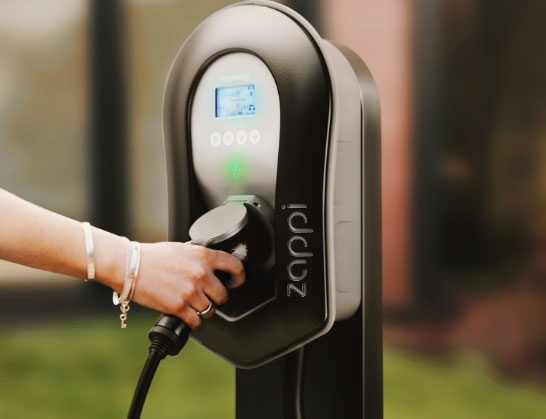Ultimate Guide to Choosing the Right Commercial Solar Panel for Your Business
In today's environmentally conscious world, businesses are increasingly looking to renewable energy sources to power their operations and reduce costs. One of the most effective solutions available is the use of Commercial Solar Panels. Choosing the right commercial solar panel can be a daunting task, given the myriad of options and specifications available on the market. This guide aims to demystify the process by providing comprehensive insights into the various factors you should consider when selecting commercial solar panels for your business. From understanding the different types of panels to evaluating your energy needs and budget constraints, we will equip you with the knowledge necessary to make informed decisions that align with your sustainability goals and financial objectives. Embrace the power of the sun and make a positive impact on both your business and the environment with the right commercial solar panel choice.
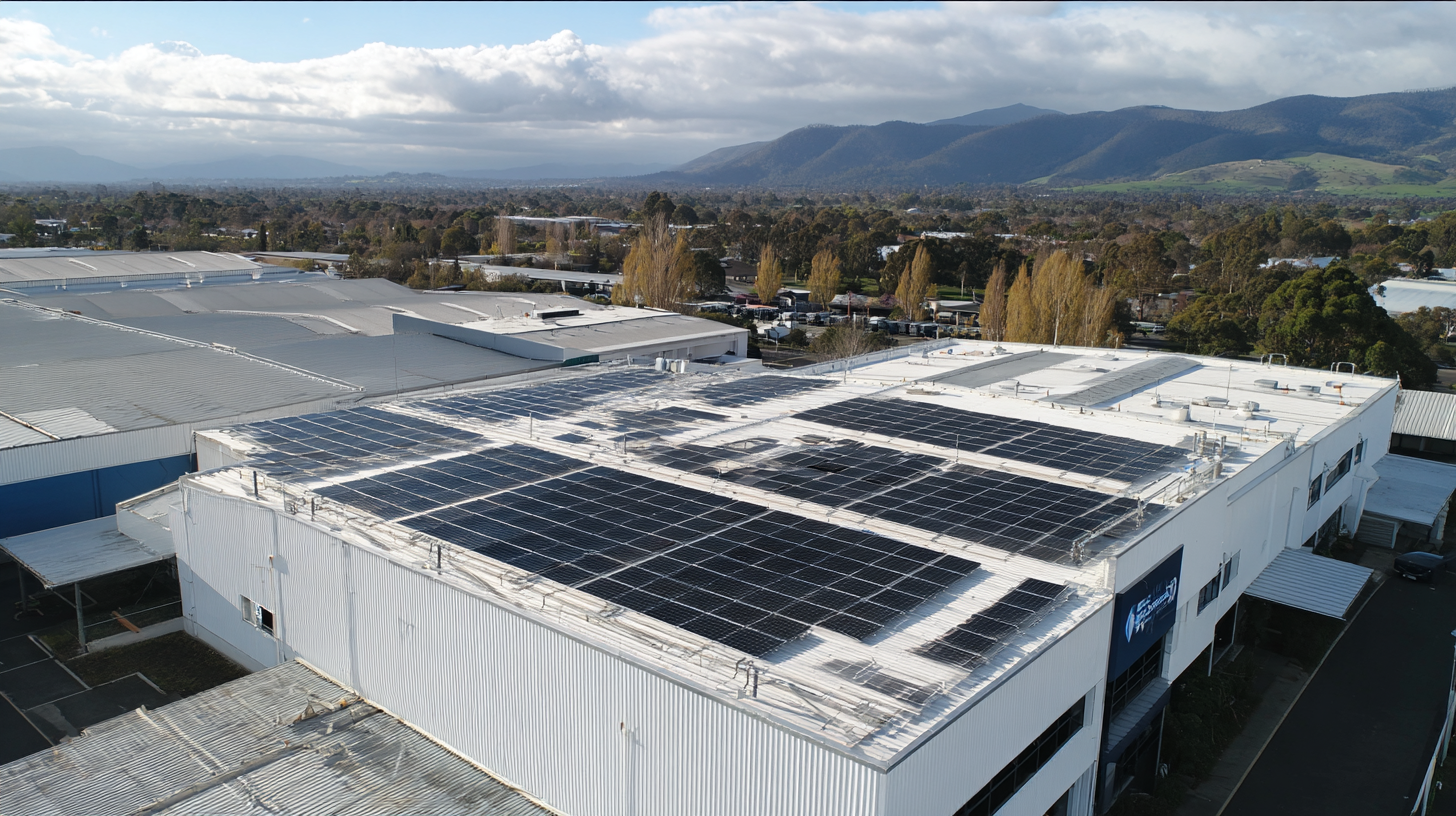
Understanding Different Types of Commercial Solar Panels Available in the Market
When selecting commercial solar panels for your business, it’s essential to understand the different types available on the market. Broadly categorized into three primary types—monocrystalline, polycrystalline, and thin-film—each type carries distinct advantages and disadvantages. Monocrystalline panels, known for their high efficiency and sleek appearance, are made from single-crystal silicon and are particularly suitable for businesses with limited roof space as they require fewer panels to generate the same amount of energy compared to other types.
Polycrystalline panels, on the other hand, are composed of multiple silicon crystals, making them less efficient but generally more affordable. They are a great option for larger rooftops or ground installations where space is not a constraint. Finally, thin-film solar panels are less common in commercial settings due to their lower efficiency; however, they are lighter and can be applied to a variety of surfaces, making them ideal for specific applications or unique installations. Understanding these differences will help you make an informed decision that aligns with your business’s energy needs and budget.
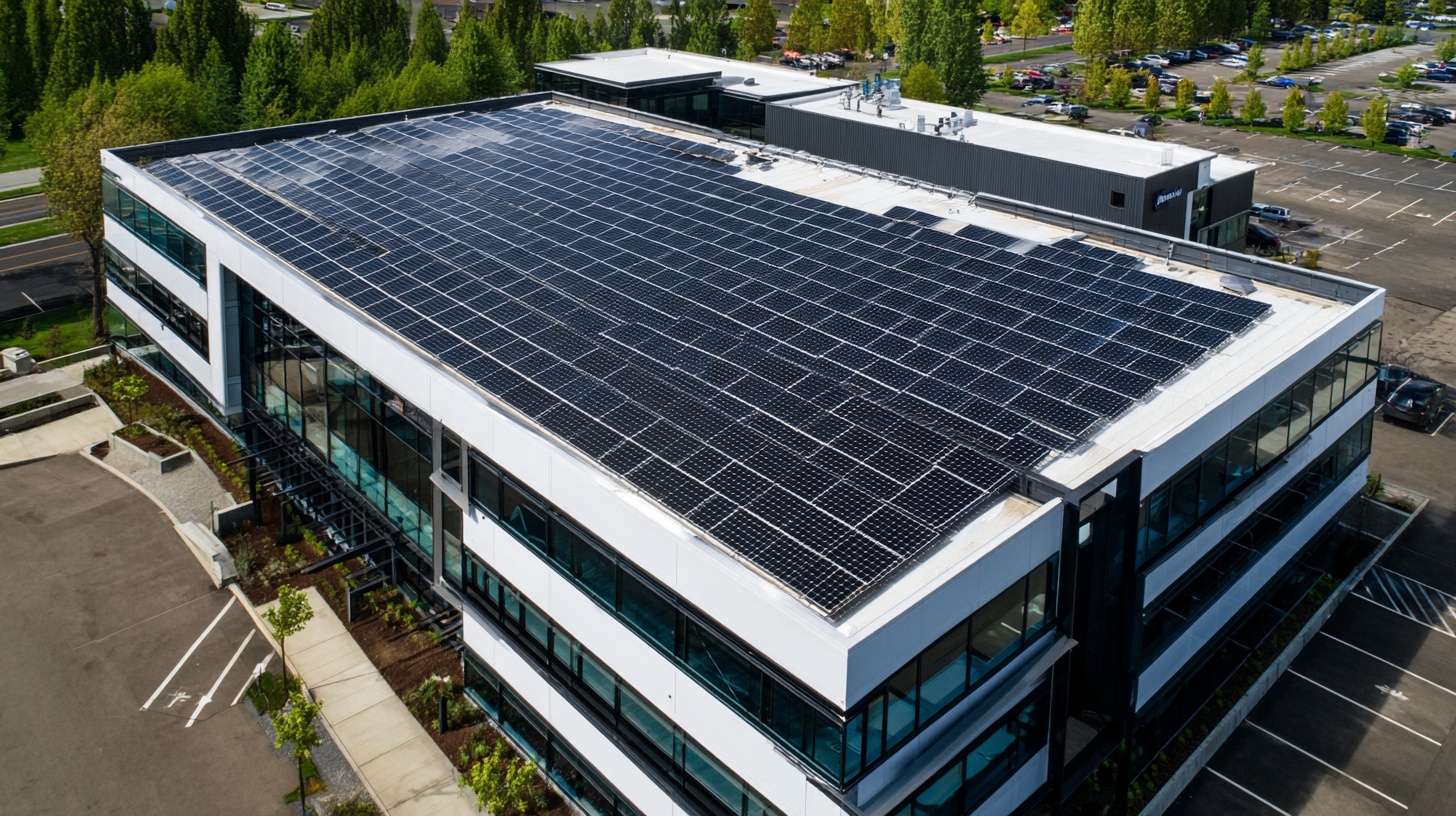
Key Factors to Consider When Choosing the Right Solar Panel for Your Business
When selecting the right commercial solar panels for your business, several key factors should be considered to ensure you make the most informed decision. The first factor is the cost-effectiveness and financial viability of the solar panels. With the commercial solar panel market projected to grow significantly, reaching a value of approximately $4.12 billion by 2031, it is crucial to assess the initial investment against long-term savings on energy bills. Analyzing the return on investment (ROI) can provide clarity on the potential financial benefits.
Another vital aspect to evaluate is the technological advancements of the solar panels themselves. For instance, hybrid solar cells are expected to see substantial growth, with market estimates reaching $8.07 billion by 2031. Innovations such as perovskite-silicon tandem solar cells indicate a trend towards higher efficiency and improved performance in diverse conditions. Additionally, understanding the warranty and longevity of the solar panels can prevent unforeseen costs related to maintenance and replacement, ensuring your business maximizes its solar investment.
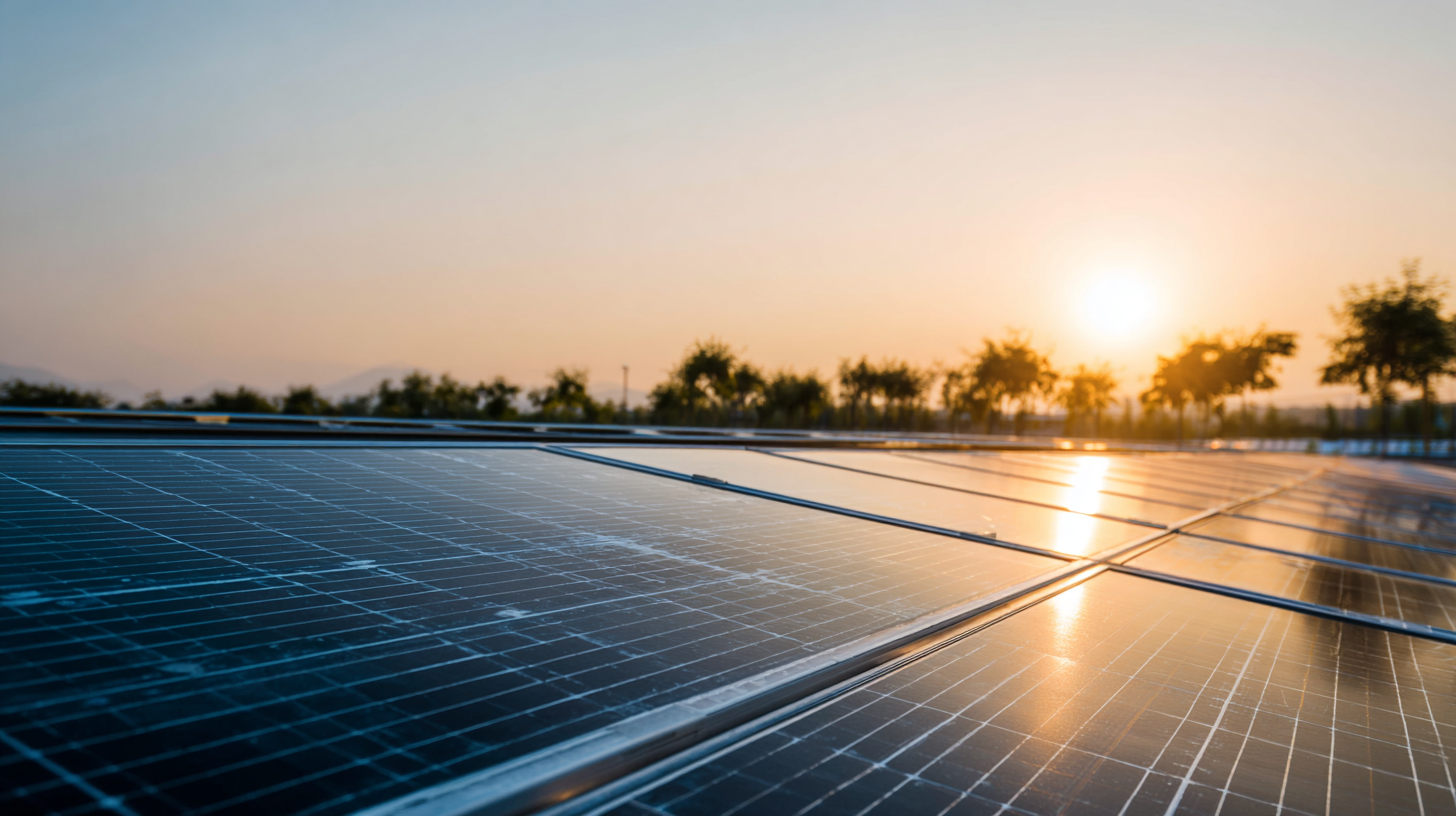
Comparing Monocrystalline vs. Polycrystalline Solar Panels for Commercial Use
When it comes to selecting solar panels for commercial use, the choice between
monocrystalline and
polycrystalline panels can significantly impact
your business's energy efficiency and financial savings.
Monocrystalline panels are made from a single crystal structure, which allows them to achieve a higher efficiency rate, typically around 15-20%. This makes them ideal for businesses with limited rooftop space, as they can generate more power in a smaller area.
On the other hand,
polycrystalline panels are created from multiple silicon crystals, resulting in a slightly less efficient product, commonly between 13-16%. However, they are generally more affordable than their monocrystalline counterparts, making them a viable option for businesses with ample installation space or those looking to maximize their solar investment on a budget.
Tips: When choosing between the two, consider your business's energy needs, available installation space, and budget. If efficiency and aesthetics are a priority, monocrystalline might be the better option. However, if cost is a significant factor, polycrystalline panels may provide the best value without sacrificing too much performance. Additionally, ensure you evaluate the warranties and longevity of the panels, as these factors can influence your overall return on investment.
Evaluating Bifacial Solar Panels: Benefits and Drawbacks for Business Owners
When considering bifacial solar panels for your business, it’s essential to weigh their benefits and drawbacks. One significant advantage of bifacial panels is their ability to capture sunlight from both sides. This feature can result in higher energy yields compared to traditional monofacial panels, particularly in environments with reflective surfaces, such as snowy or sandy areas. Additionally, their durability often translates to longer lifespans and reduced maintenance costs, making them a potentially worthwhile investment for business owners looking to maximize their energy production.
However, there are also challenges to consider. The installation of bifacial panels typically requires a more robust mounting system to optimize their dual-sided exposure. This could increase initial installation costs, and not all locations may provide the ideal conditions for maximizing effectiveness. Furthermore, the investment in bifacial technology demands careful evaluation of your business's energy needs and site characteristics.
**Tip:** Before deciding on bifacial panels, conduct a detailed site analysis to determine the potential for increased energy capture.
**Tip:** Consult with solar energy experts to fully understand the installation requirements and the long-term financial implications for your business.
Comparison of Bifacial vs. Monofacial Solar Panels for Businesses
The Role of Efficiency Ratings in Selecting Commercial Solar Panels for Optimal Performance
When selecting commercial solar panels, understanding efficiency ratings is crucial for optimizing performance. Efficiency ratings indicate how well a solar panel converts sunlight into usable electricity, typically expressed as a percentage. Higher efficiency panels generate more power in less space, making them ideal for businesses with limited roof area or those aiming to maximize their energy output. This means that investing in panels with higher efficiency can significantly reduce the number of panels needed, leading to lower installation costs and enhanced long-term savings.
Moreover, the efficiency rating is not the only factor to consider; it is also essential to evaluate the conditions under which the panels will operate. Factors such as local climate, shading, and orientation can impact performance. Panels with high efficiency ratings may not perform as expected in less-than-ideal conditions, while those with slightly lower ratings may yield better results in specific environments. Therefore, it is vital for businesses to align their panel choices with both efficiency ratings and the unique characteristics of their site to achieve optimal performance and energy generation.
Ultimate Guide to Choosing the Right Commercial Solar Panel for Your Business - The Role of Efficiency Ratings in Selecting Commercial Solar Panels for Optimal Performance
| Panel Type | Efficiency Rating (%) | Power Output (W) | Warranty (Years) | Cost per Watt ($) |
|---|---|---|---|---|
| Monocrystalline | 20.5 | 400 | 25 | 1.20 |
| Polycrystalline | 17.5 | 350 | 20 | 1.00 |
| Bifacial | 21.0 | 450 | 30 | 1.35 |
| Thin-Film | 12.0 | 300 | 15 | 0.80 |
| PERC (Passivated Emitter Rear Cell) | 22.0 | 440 | 25 | 1.25 |
Related Posts
-
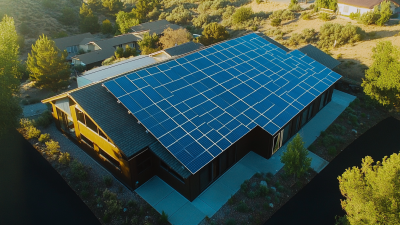
Transforming Spaces with Best Solar Installation: Real-World Applications and Insights
-
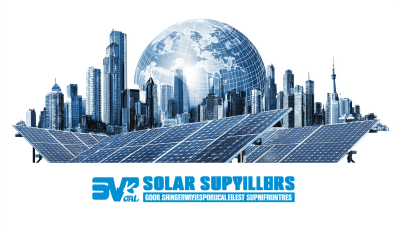
Unlocking Sustainable Energy Solutions by Choosing the Best Solar Panel Suppliers for Global Procurement
-
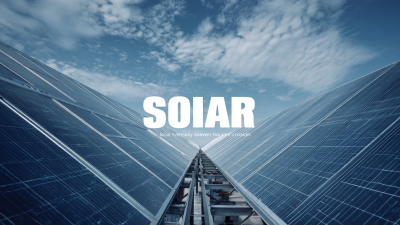
Discover the Finest Solar Energy Solutions from China’s Leading Manufacturing Experts
-

10 Proven Benefits of Solar Panels Installation for Global Buyers
-

Solutions for Reducing Solar Installation Cost Effectively
-

Ultimate Guide to Maximizing Home Solar Power System Efficiency with Proven Industry Insights


